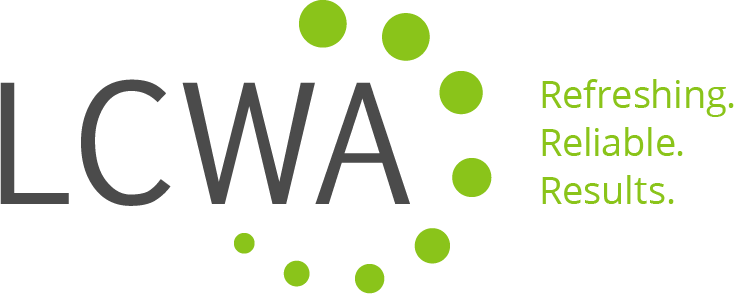November 11, 2011
If you’re thinking about a research project to assess internal communication and identify unmet needs and opportunities, the first step is to pinpoint the objectives. An assessment can take several weeks or several months. Project scope and cost are heavily influenced by project objectives, organizational size and complexity, and whether the entire work force will be able to access a web-based survey.
Here’s quick rundown on typical components.
- Qualitative research. Qualitative research can take many forms, but those most often useful are observations, interviews and focus groups. Most people are familiar with interviews and focus groups, but why do observations? I’m repeatedly amazed at the challenging environments and situations in which effective communication is expected to take place. The best way to internalize those circumstances is to see and feel them; structured observations of individuals and work groups can bring terrific insight into the organization’s communication realities.
- Quantitative research. After analyzing information collected from the qualitative components, the researcher can identify common themes, trends and issues and craft effective questions for an employee survey. At LCWA, we start with the questions the comprise our proprietary Internal Communication Climate Index™. This tool will gather reliable information from the entire work force, or a sample of it. Though web-based internal communication surveys will do the job for most organizations, printed surveys are still needed by some. Quantitative data collection is followed by rigorous statistical analysis – that’s where important findings are identified and interrelated. Important insights will flow from these analyses, and the results can guide priorities for any changes and improvements that may be indicated by survey results. In addition, advanced analysis techniques can identify key drivers for accomplishing desired outcomes – such as more effective communications or more engaged employees.
- Report and action planning. What matters in the end, of course, is not the research, but the changes and improvements that are made because of the information that’s collected and understood. Every assessment should include a formal reporting and action-planning component – a process focused on translating data into change in the organization. Plan to report results to all employees as quickly as possible. Failing to report the results and the changes that will be made because of them likely will fuel cynicism and mistrust. And of course if employees don’t see the results they’ll be less likely to participate in the next survey that comes along.
Quality research isn’t inexpensive, but it’s worth the investment. For many organizations, the communication assessment and needs identification becomes a watershed event. It’s an opportunity to move the importance and effectiveness of communication to a new level.

